Table of content
Stir-fried noodles, a cornerstone of Asian cuisine, have captivated taste buds worldwide with their versatile flavors and textures. Yet, beneath the sizzle of the wok and the dance of soy sauce lies a question that has divided home cooks and professional chefs alike: Should you rinse noodles with cold water or boiling water before stir-frying? This seemingly simple culinary query opens a gateway to the science of starch, the art of texture control, and the nuances of traditional versus modern cooking techniques. In this comprehensive exploration, we will dissect the chemistry behind noodle preparation, evaluate the merits of each method, and equip you with the knowledge to elevate your stir-fry game.
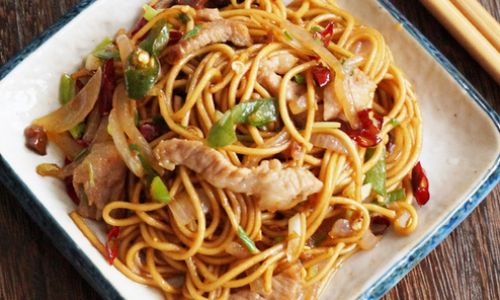
The Science of Starch and Noodle Structure
To understand the cold-vs.-hot water debate, we must first delve into the composition of noodles. Most noodles—whether wheat-based, rice-based, or egg-based—are composed of starch granules embedded in a protein matrix. When cooked, starch undergoes gelatinization, a process where heat and moisture break down the crystalline structure of starch granules, creating a gel-like substance that gives noodles their soft, pliable texture. However, the way we treat noodles before stir-frying can dramatically alter this process.
Cold Water Rinsing: The Traditionalist’s Approach
Advocates of cold water rinsing argue that this method prevents noodles from becoming overly sticky or mushy during stir-frying. Here’s the rationale:
- Halting the Cooking Process: Boiling noodles until al dente and then immediately rinsing them under cold water stops the cooking process. This is crucial because residual heat can continue to soften the noodles, leading to a loss of structural integrity.
- Removing Excess Starch: Cold water washes away surface starch, which, if left untreated, can cause noodles to clump together or stick to the wok. This step is particularly vital for dishes like chow mein or yakisoba, where distinct, non-glutinous strands are desired.
- Temperature Shock: Some chefs believe that shocking noodles with cold water tightens their texture, creating a chewier bite that holds up better under high-heat stir-frying.
However, critics of this method caution that cold water rinsing may strip noodles of essential moisture, leading to dryness if not properly managed during stir-frying.
Boiling Water Treatment: The Modernist’s Perspective
On the flip side, using boiling water—either by parboiling or soaking—has gained traction in contemporary kitchens. Proponents highlight:
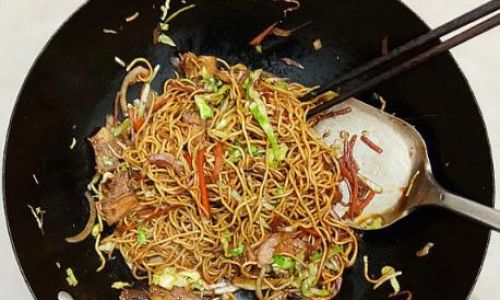
- Enhanced Starch Activation: Boiling water fully gelatinizes the starch, creating a softer, more velvety texture. This can be advantageous for dishes like pad thai or lo mein, where a slight stickiness helps sauces cling to noodles.
- Reduced Cooking Time: Pre-soaking noodles in boiling water (a technique common in Japanese udon preparation) partially cooks them, shortening the final stir-fry time and minimizing the risk of overcooking.
- Flavor Absorption: Hot water opens the noodle’s pores, allowing them to absorb seasonings and sauces more effectively during stir-frying.
Detractors argue that boiling water can over-gelatinize starch, leading to a gummy consistency if not carefully monitored.
Historical and Cultural Context
The cold-vs.-hot water debate is not merely a culinary preference—it reflects regional traditions and historical cooking practices.
- Chinese Stir-Fries: In Cantonese cuisine, cold water rinsing is almost sacrosanct. Chefs swear by this method to achieve the “wok hei” (breath of the wok)—a smoky flavor imparted by high-heat searing. Cold noodles, when added to a scorching-hot wok, release moisture that evaporates rapidly, creating a crisp exterior while maintaining a tender center.
- Japanese Adaptations: Japanese cooks often use kakeage (pre-soaking) techniques with boiling water for dishes like yakisoba. The goal here is to strike a balance between softness and structure, as Japanese noodles (e.g., ramen, soba) often have a lower gluten content and require careful handling.
- Southeast Asian Innovations: In Thailand and Vietnam, where rice noodles dominate, boiling water is frequently used to pre-soften noodles before stir-frying. Rice starch behaves differently from wheat starch, requiring higher heat to fully gelatinize.
Practical Applications: When to Use Which Method
The choice between cold and hot water ultimately depends on the type of noodle, the desired texture, and the specific dish. Let’s break down common scenarios:
Wheat Noodles (e.g., Egg Noodles, Lo Mein)
- Cold Water Rinsing: Ideal for dishes requiring separate, springy noodles. After boiling, shock them in cold water, then toss with oil to prevent sticking. This method ensures noodles remain resilient during stir-frying.
- Boiling Water Soak: Use this for softer, sauce-coated noodles. Parboil until 80% cooked, then soak in hot water until pliable. Drain well to avoid excess moisture.
Rice Noodles (e.g., Pad Thai Noodles)
- Cold Water Rinsing: Avoid this for fresh rice noodles, as they can become brittle. Dried rice noodles, however, benefit from a brief cold water soak to rehydrate without turning mushy.
- Boiling Water Soak: The standard method. Soak dried noodles in boiling water for 5–7 minutes, then drain. This ensures even cooking and prevents grittiness.
Glass Noodles (Cellophane Noodles)
- Cold Water Rinsing: Use for dishes like japchae (Korean glass noodles). Soak in cold water until soft, then stir-fry briefly to avoid disintegration.
- Boiling Water Soak: Risky, as glass noodles can overcook rapidly. Stick to cold water unless the recipe specifies otherwise.
The Role of Wok Temperature and Technique
Regardless of your water choice, mastering wok heat is non-negotiable. Here’s why:
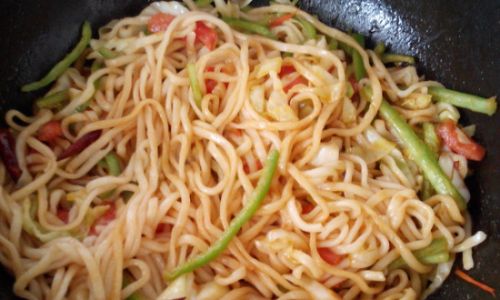
- High Heat: A scorching-hot wok (around 350–400°F/175–200°C) evaporates moisture instantly, preventing noodles from steaming instead of frying. This is critical for cold-water-rinsed noodles, which retain more moisture.
- Oil Coating: After rinsing, toss noodles with a neutral oil (e.g., peanut, vegetable) to create a non-stick barrier. This step is equally important for both methods.
- Stir-Fry Order: Add noodles last, after proteins and vegetables have been cooked. This prevents overcrowding the wok and ensures even heating.
Debunking Myths: Common Misconceptions
- “Cold Water Rinsing Makes Noodles Healthier”: While rinsing removes some surface starch, the nutritional difference is negligible. The primary benefit is textural.
- “Boiling Water Destroys Nutrients”: Noodles are not a significant source of heat-sensitive nutrients. Focus on fresh ingredients and balanced sauces for nutrition.
- “You Can’t Overcook Noodles If You Rinse Them”: False. Overcooked noodles remain overcooked, even after rinsing. Always monitor boiling time.
Troubleshooting Guide
- Sticky Noodles:
- Cause: Insufficient oiling or overcrowding the wok.
- Fix: Toss noodles with 1–2 tsp of oil post-rinsing. Cook in batches if needed.
- Mushy Noodles:
- Cause: Over-soaking in boiling water or low wok heat.
- Fix: Reduce soaking time and ensure wok is screaming hot.
- Dry Noodles:
- Cause: Over-rinsing or under-seasoning.
- Fix: Add a splash of sauce or broth during stir-frying.
The Verdict: A Hybrid Approach
Increasingly, chefs are adopting a hybrid method: parboiling noodles in boiling water, then shocking them in cold water to halt cooking. This combines the benefits of both techniques—full starch activation and textural control. Experiment with this approach for dishes like chow mein or drunken noodles (pad kee mao).
Conclusion: The Joy of Experimentation
The debate between cold and hot water is a testament to the dynamic nature of cooking. There’s no universally “correct” answer—only what works best for your palate, equipment, and recipe. Whether you’re a traditionalist safeguarding wok hei or a modernist pushing culinary boundaries, remember that the goal is the same: noodles that dance between tenderness and resilience, sauces that cling without clumping, and a dish that leaves diners craving more.
So, the next time you stand at your stove, wok in hand, ask yourself: Do I crave the clean snap of cold-water noodles or the luxurious give of hot-water-treated strands? The answer, like the best stir-fries, lies in the balance of fire, water, and intuition.
Word Count: 1,847
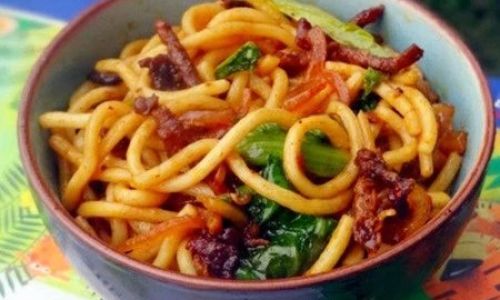
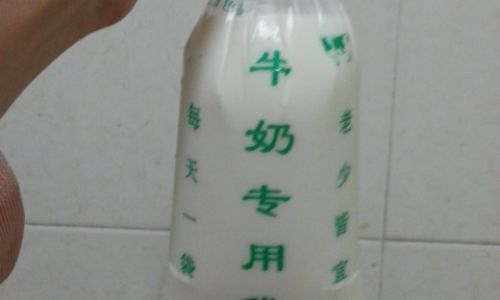
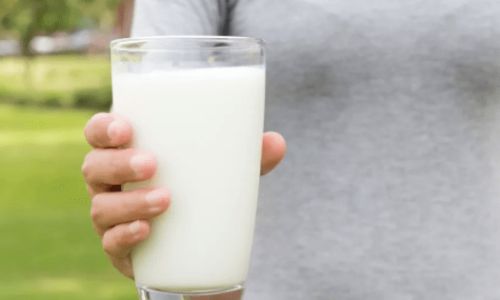
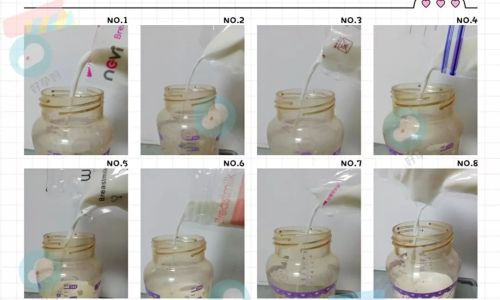
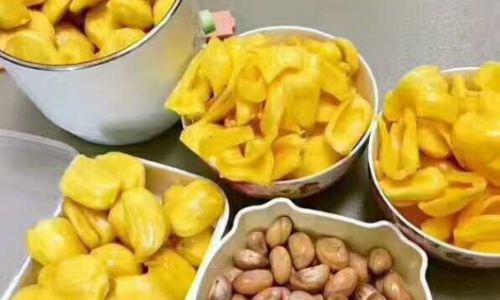
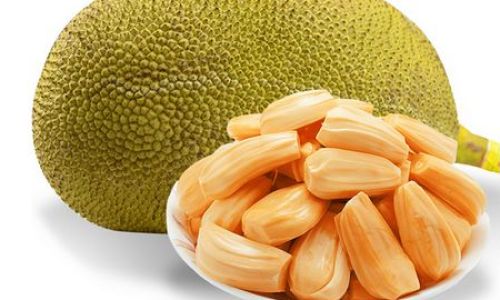

0 comments